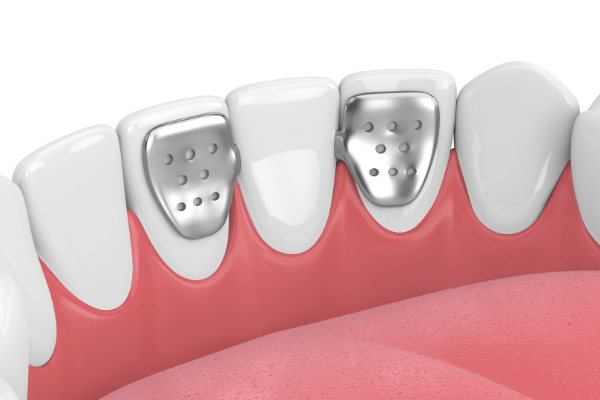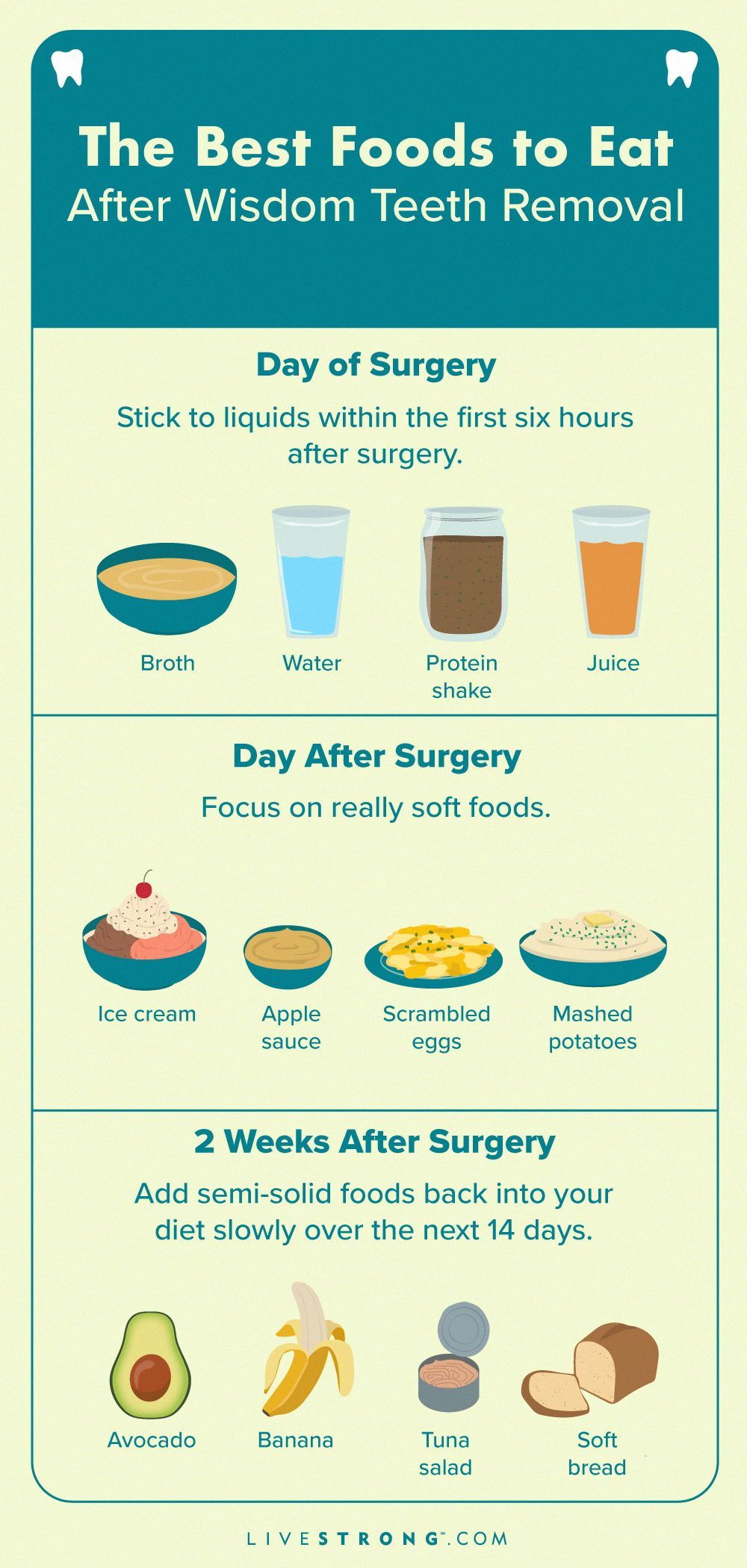Maryland Bridge Teeth

The Maryland bridge, also known as a resin-bonded bridge, is a type of dental bridge that is commonly used to replace a missing tooth, particularly in the front of the mouth. This type of bridge is considered a more conservative alternative to traditional dental bridges, as it requires less tooth preparation and can be a more cost-effective option.
One of the main advantages of a Maryland bridge is its ability to be bonded to the back of adjacent teeth using wings, which are small metal extensions that are attached to the bridge. This design allows for a more natural appearance and feel, as the bridge is not visible when the patient smiles. Additionally, the Maryland bridge is often less invasive than other types of dental bridges, as it does not require the use of crowns or extensive tooth preparation.
The process of getting a Maryland bridge typically begins with a consultation with a dentist, during which the patient’s teeth and gums are examined to determine if a Maryland bridge is the best option. If it is, the dentist will then take impressions of the patient’s teeth, which are used to create a model of the mouth. This model is then sent to a dental lab, where the bridge is fabricated.
Once the bridge is ready, the dentist will cement it into place using a special adhesive. The bridge is typically made of a combination of metal and porcelain, which provides a strong and durable restoration that can last for many years with proper care.
In terms of cost, Maryland bridges are generally less expensive than traditional dental bridges, as they require less tooth preparation and do not need to be supported by crowns. However, the exact cost of a Maryland bridge can vary depending on the location, the dentist’s fees, and the materials used.
It’s worth noting that Maryland bridges are not suitable for everyone, particularly those with significant tooth decay or gum disease. In these cases, other types of dental bridges or restorations may be more appropriate.
According to the American Dental Association (ADA), resin-bonded bridges like the Maryland bridge have a success rate of around 90% over a 10-year period. However, this can vary depending on a number of factors, including the patient's oral health, the quality of the bridge, and the dentist's expertise.
Types of Maryland Bridges
There are several types of Maryland bridges, including:
- Traditional Maryland bridge: This is the most common type of Maryland bridge, which is made of a metal framework with porcelain teeth.
- Winged Maryland bridge: This type of bridge has small metal wings that are attached to the back of the adjacent teeth, providing additional support and stability.
- Hybrid Maryland bridge: This type of bridge combines the traditional Maryland bridge with a cantilever design, which can be used to replace a missing tooth in the front of the mouth.
Advantages and Disadvantages
The advantages of a Maryland bridge include:
- Conservative approach: The Maryland bridge requires less tooth preparation than traditional dental bridges, making it a more conservative option.
- Cost-effective: Maryland bridges are generally less expensive than traditional dental bridges.
- Natural appearance: The Maryland bridge is designed to mimic the natural appearance of the teeth, making it a popular choice for patients who are concerned about the aesthetics of their smile.
However, there are also some disadvantages to consider:
- Limited durability: Maryland bridges may not be as durable as traditional dental bridges, particularly if they are not properly cared for.
- Sensitive teeth: Some patients may experience sensitive teeth after getting a Maryland bridge, particularly if the bridge is not fitted properly.
- Gum recession: The Maryland bridge can cause gum recession if it is not properly maintained, which can lead to further oral health problems.
Care and Maintenance
To extend the life of a Maryland bridge, it’s essential to practice good oral hygiene and visit the dentist regularly for check-ups and cleanings. This includes:
- Brushing and flossing: Brushing and flossing the teeth at least twice a day to remove plaque and bacteria.
- Regular dental check-ups: Visiting the dentist every six months for a check-up and cleaning to ensure the bridge is in good condition.
- Avoiding certain foods: Avoiding foods that can damage the bridge, such as hard or sticky candies.
By following these tips and maintaining good oral health, patients with Maryland bridges can enjoy a healthy and beautiful smile for many years to come.
What is the cost of a Maryland bridge?
+The cost of a Maryland bridge can vary depending on the location, the dentist’s fees, and the materials used. On average, the cost of a Maryland bridge can range from 500 to 2,000 per tooth.
How long does a Maryland bridge last?
+The lifespan of a Maryland bridge can vary depending on the patient’s oral health, the quality of the bridge, and the dentist’s expertise. On average, a Maryland bridge can last for 10 to 20 years with proper care and maintenance.
Can a Maryland bridge be used to replace a molar tooth?
+No, a Maryland bridge is typically used to replace a front tooth, as it is not strong enough to support the forces of a molar tooth. Other types of dental bridges or restorations may be more suitable for replacing a molar tooth.

